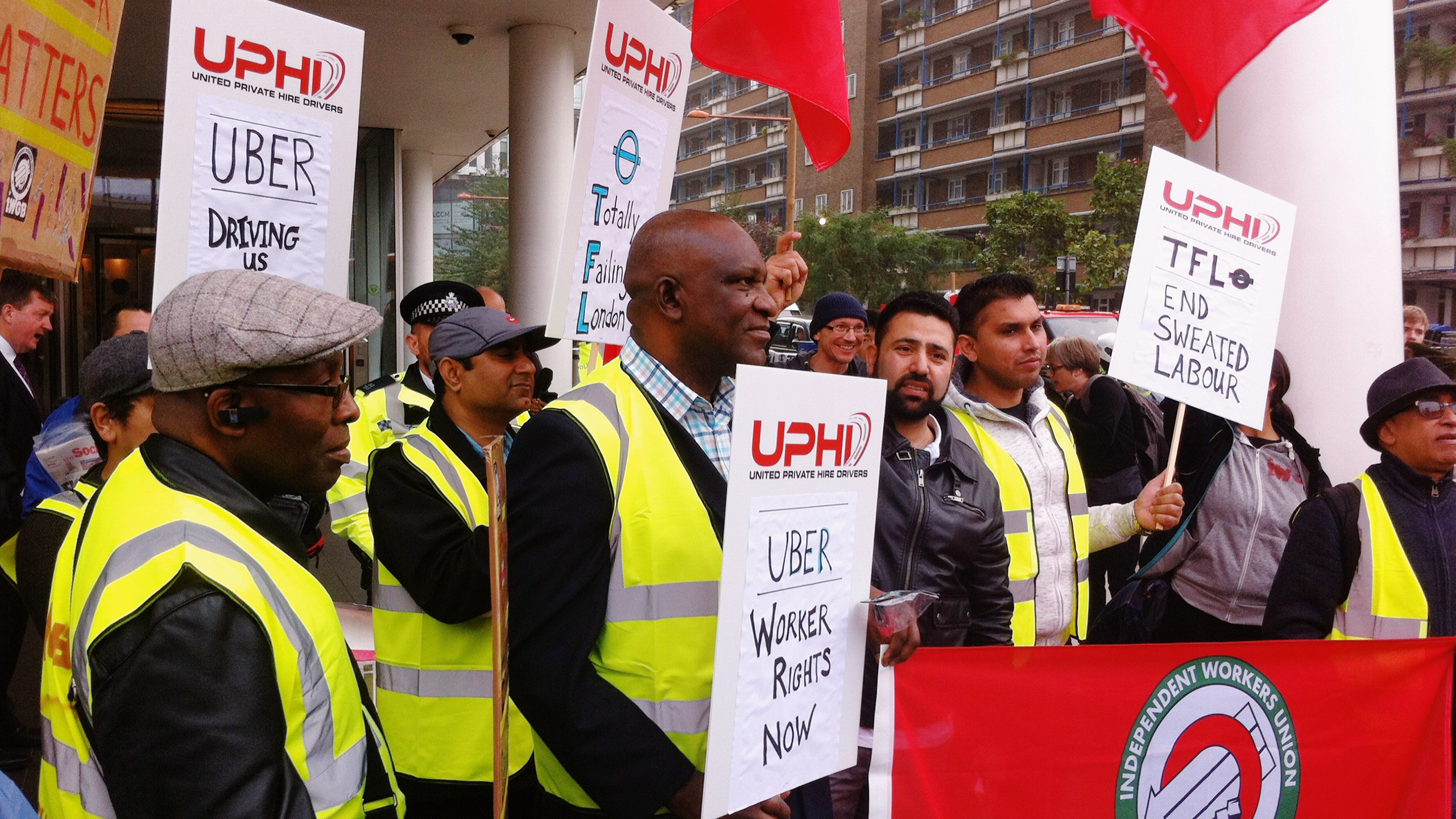Uber, Lyft Drivers to Spend Valentine’s Day on Strike
Thousands of gig-economy workers plan to walk out on Wednesday in a bid for higher wages.
Sign up for smart news, insights, and analysis on the biggest financial stories of the day.
Enjoy your Valentine’s Day dinner. Just don’t drink so much Cab you can’t drive home.
On Wednesday, thousands of Uber, Lyft, DoorDash, and other app-based gig workers across the US, UK, and Canada plan to go on strike to fight for better pay. In other words, you may not be able to count on doorstep food delivery, either.
The Long and Winding Road (to Profitability)
It only took 15 years and billions of dollars in losses (including a $1.8 billion operating loss in 2022), but Uber announced its first-ever annual operating profit last week, earning $1.1 billion. But as its share price climbed to an all-time high, the company’s army of independently contracted drivers likely bristled. In the US last year, Uber drivers’ average monthly gross earnings fell by more than 17%, according to data analyzed by industry research firm Gridwise Analytics. That comes after a 45-month period between 2018 and 2022 in which ride prices increased 83%, according to a Forbes data analysis, or four times the rate of inflation.
Lyft drivers, meanwhile, saw their gross average monthly earnings increase by 2.5% last year. But Lyft drivers earn comparatively less than Uber drivers — $1,058 per month versus $1,409, per Gridwise. That prompted Lyft, facing a driver shortage and a looming earnings call on Tuesday, to announce a guarantee last week that its drivers earn at least 70% of what customers pay per ride.
While the Valentine’s Day strike will disrupt one of the busiest days of the year for the gig economy, it’s still the slow creep of regulation that likely threatens these companies most:
- In January, the Department of Labor announced a new rule stating that independent contractors must be re-classified as employees if they are “economically dependent” on a company.
- The rule is sure to face hot legal challenges, and “economically dependent” is a nebulous term at best. While the vast majority of gig workers only drive part-time, 38% of surveyed gig workers told Gridwise they work to cover gaps or changes in income; 62% said they opt for the work due to its flexible hours, a hallmark of self-employment.
Across the Pond: According to the European Commission, as many as 5.5 million gig workers in the EU are misclassified as self-employed. Last week, lawmakers in Brussels finally reached an agreement that will introduce new criteria for judging whether a gig worker is an independent contractor or a full-time employee after two years of drafting and negotiations. But critics say the final bill has been watered down to the point of uselessness. Meanwhile, we’re nostalgic for the days of yellow taxis.












